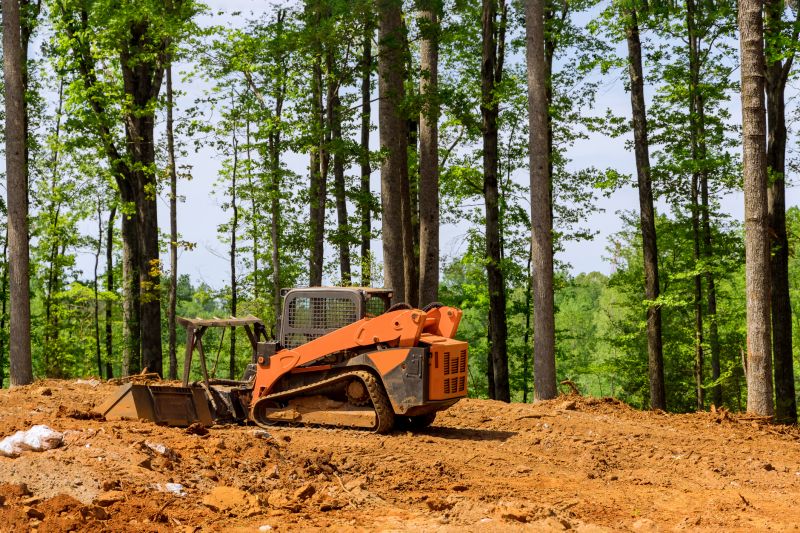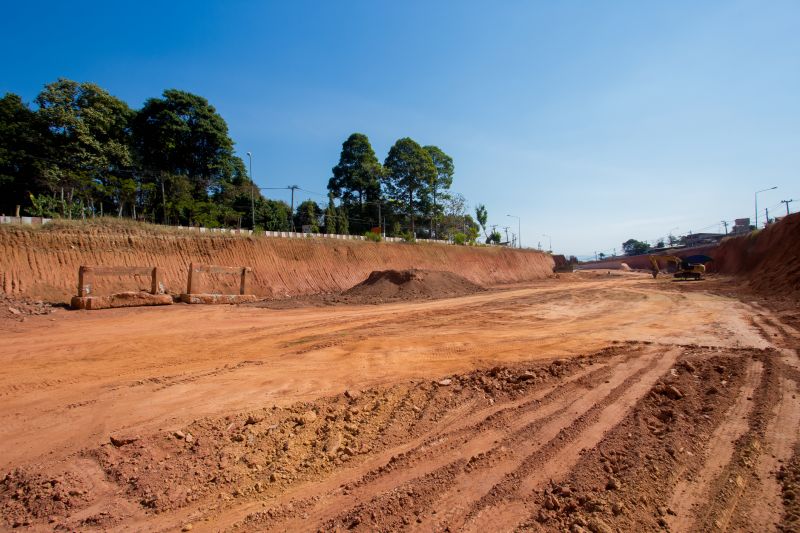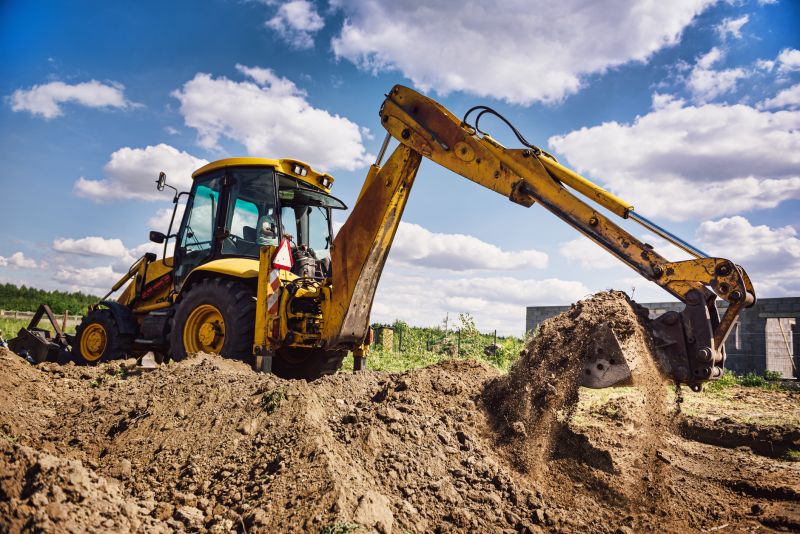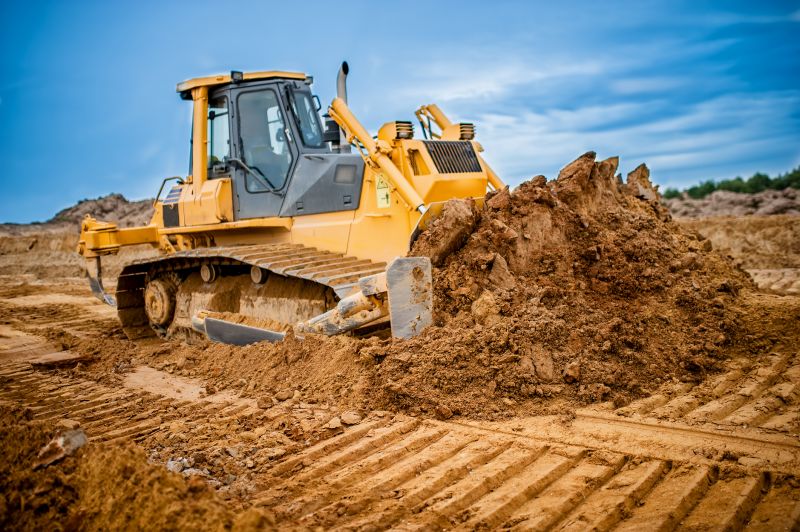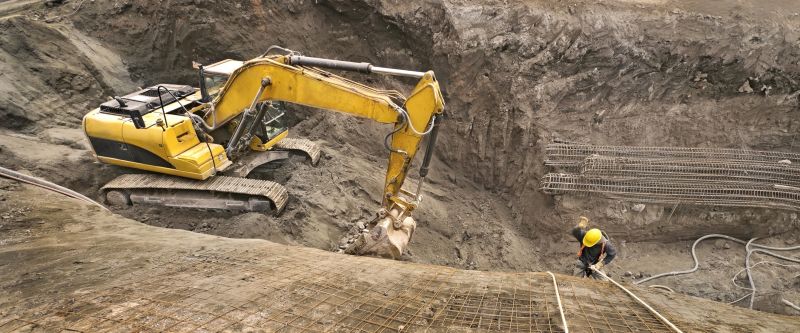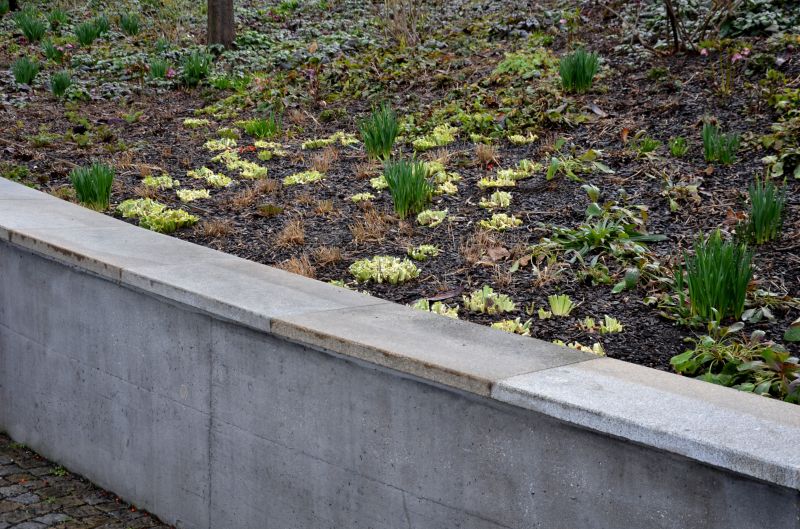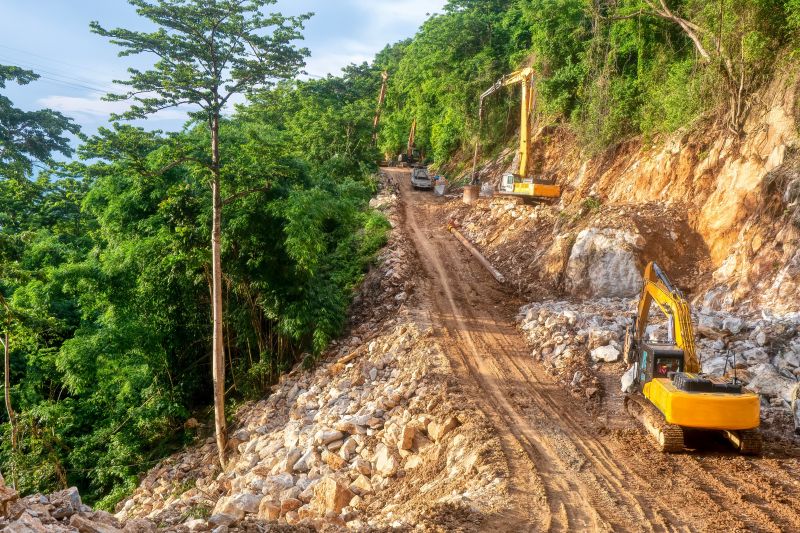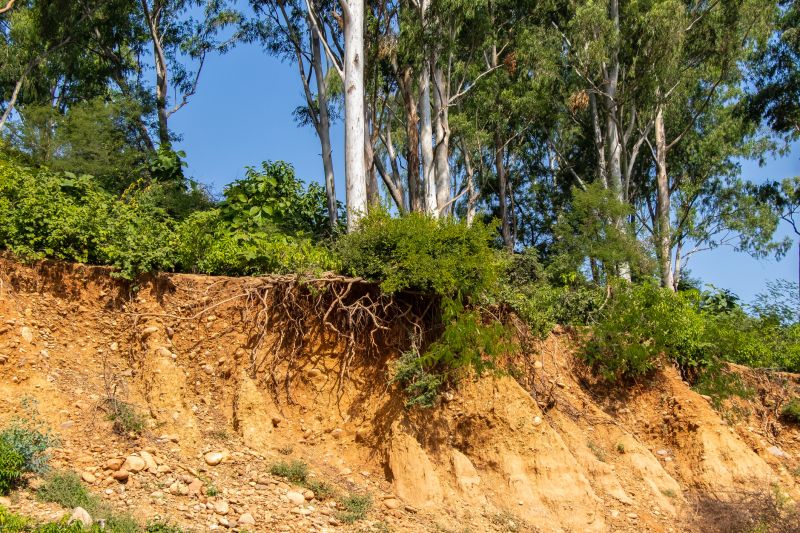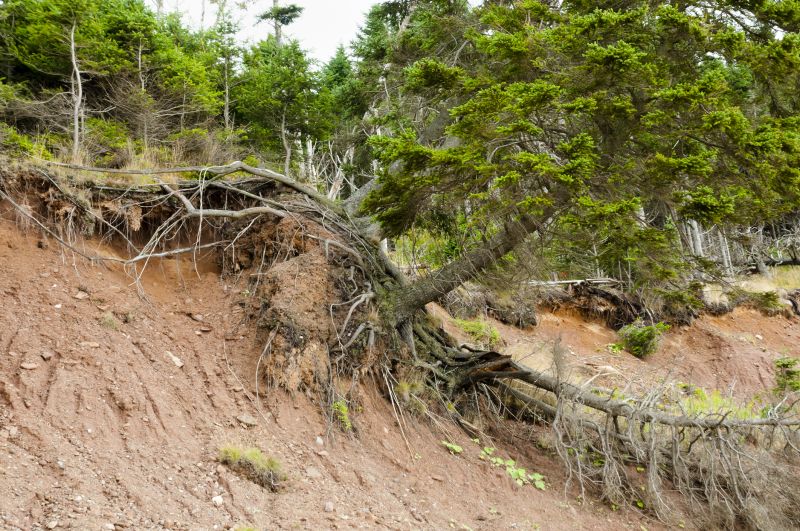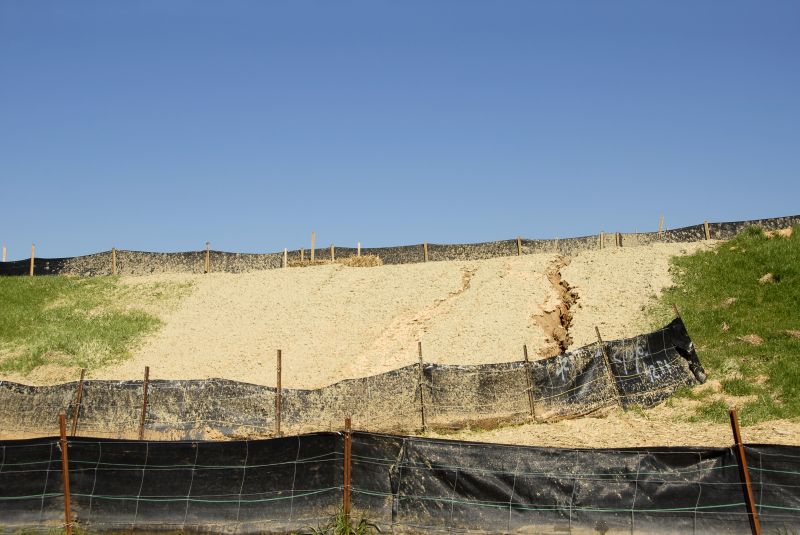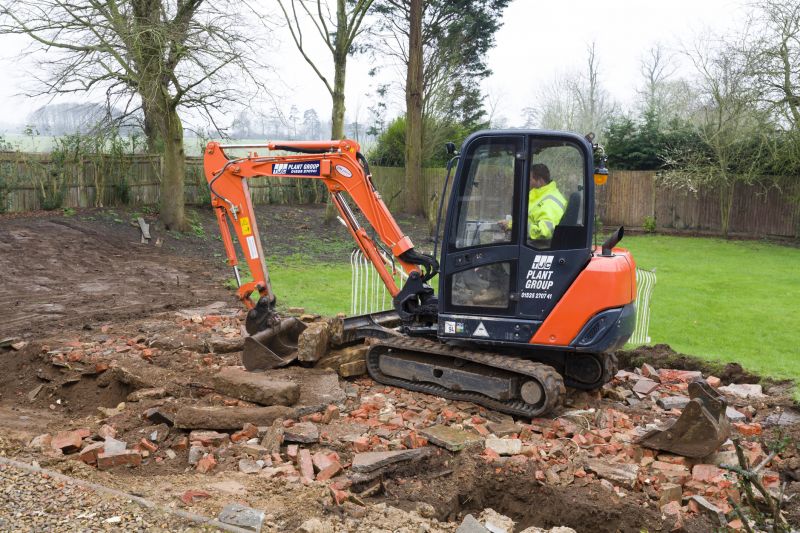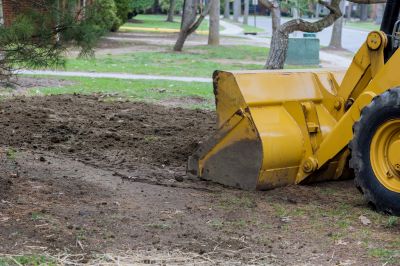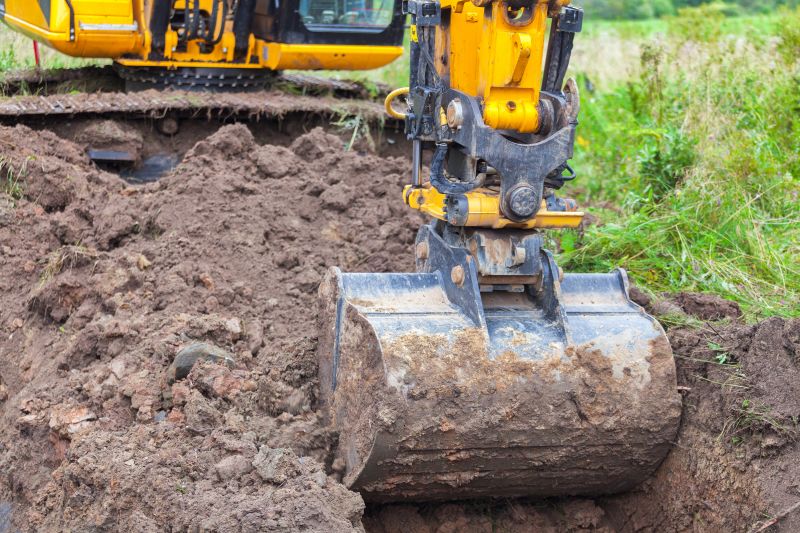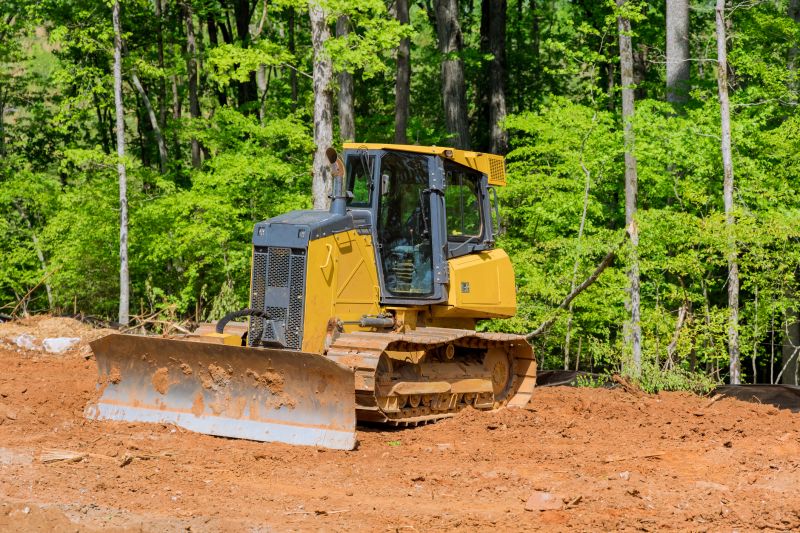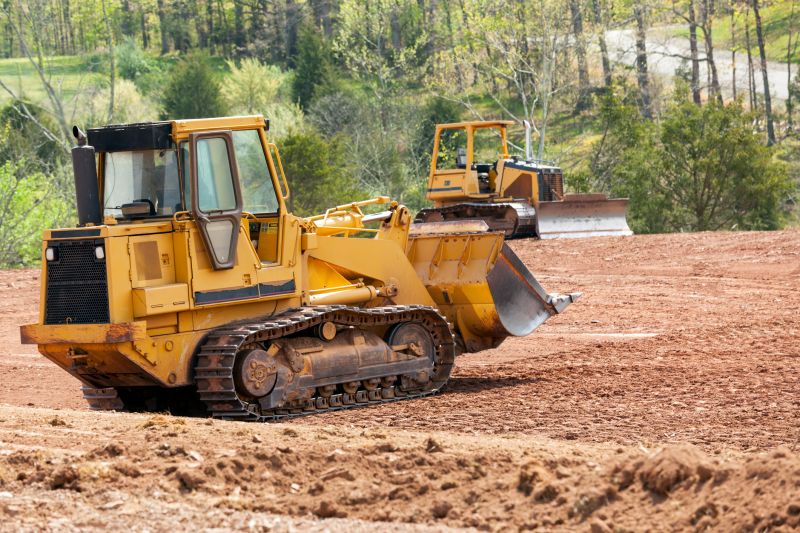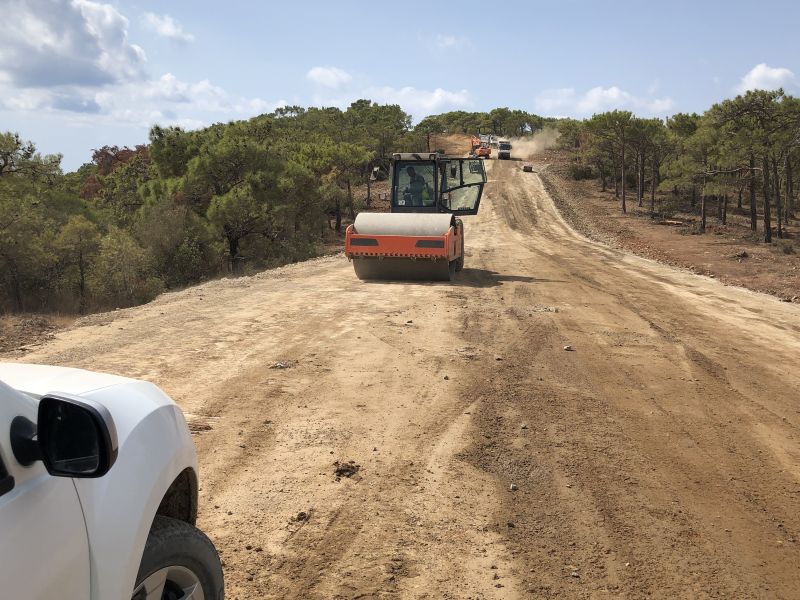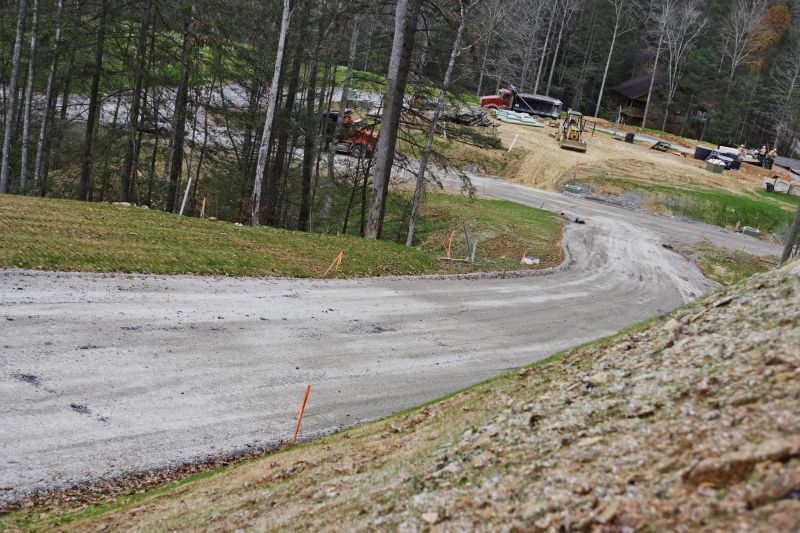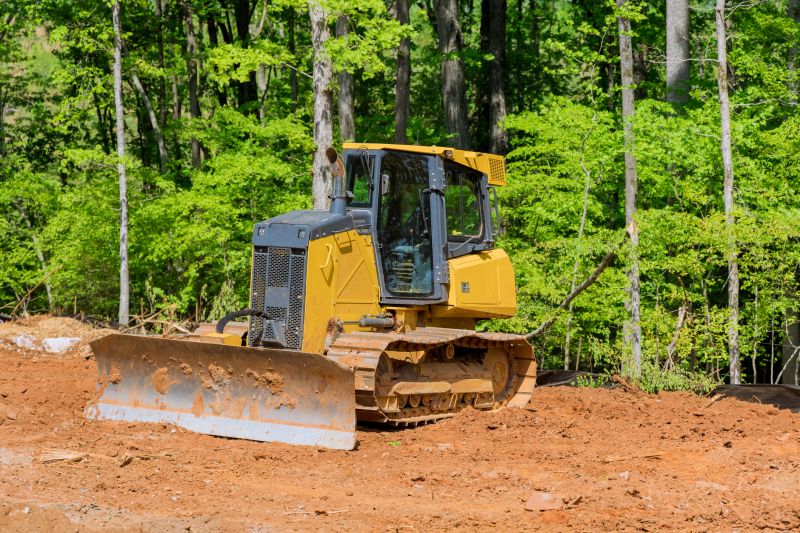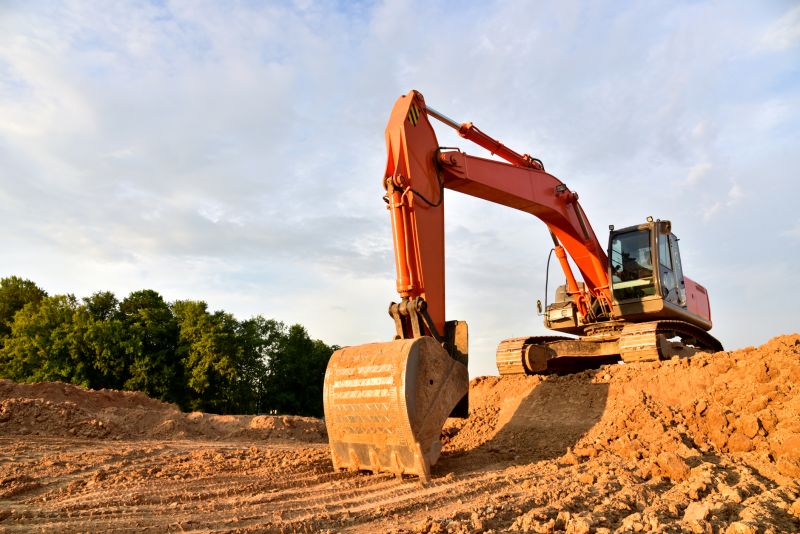Step 1: Assess the Hillside
Start by evaluating the condition of the hillside. Determine the slope, soil type, and any existing vegetation or erosion issues.
Step 2: Plan the Revegetation
Create a revegetation plan based on the assessment. Decide on the appropriate plants, seeds, or grasses to use for erosion control and soil stabilization.
Step 3: Prepare the Hillside
Clear the hillside of any debris, rocks, or invasive plants. Grade the slope if necessary to create a more even surface.
Step 4: Amend the Soil
Test the soil and make any necessary amendments to improve its fertility and drainage. Add organic matter or fertilizers as recommended.
Step 5: Plant the Vegetation
Follow the revegetation plan and plant the selected vegetation. Use appropriate planting techniques and spacing to ensure optimal growth.
Step 6: Mulch the Hillside
Apply a layer of mulch over the planted area to retain moisture, suppress weeds, and protect the soil from erosion.
Step 7: Water and Maintain
Regularly water the newly planted vegetation to establish root systems. Monitor for weeds, pests, or disease and take appropriate action.
Step 8: Monitor and Adjust
Periodically assess the progress of the revegetation. Adjust the maintenance and watering schedule as needed to ensure successful growth.
Step 9: Evaluate the Results
Once the vegetation has established, evaluate the effectiveness of the hillside revegetation. Make note of any further improvements or adjustments needed.
Step 10: Enjoy the Benefits
Enjoy the beauty and environmental benefits of a successfully revegetated hillside. Appreciate the improved soil stability and reduced erosion.


